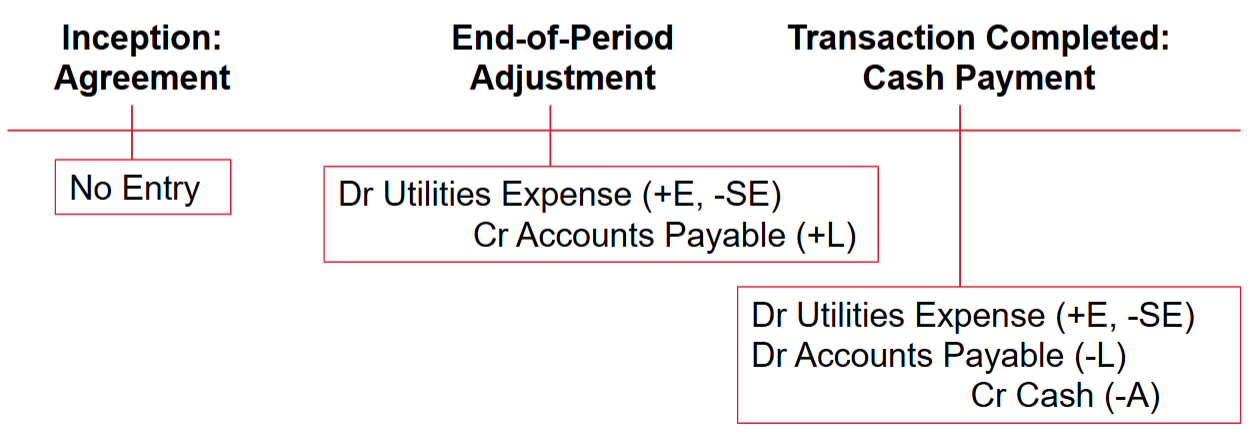Adjustments, Financial Statements, & the Quality of Earnings
1/12
Earn XP
Description and Tags
Financial Accounting and Reporting: Chapter 4
Name | Mastery | Learn | Test | Matching | Spaced |
|---|
No study sessions yet.
13 Terms
Steps for Creating Financial Statements during the Accounting Period
Analyze business transactions
Record transactions using journal entries
Aggregate journal entries.
Steps for Creating Financial Statements at the end of the Accounting Period
Prepare the (unadjusted) trial balance
Make adjusting entries (record & post)
Prepare financial statements
Close temporary accounts
What is the purpose of a trial balance?
To prepare an unadjusted trial balance at the end of the accounting period.
‘Regular’ Journal Entries
Entries recorded in the normal course of daily business transactions, which may or may not involve cash, revenue, or expenses.
Adjusted Journal Entry (AJE)
Entries recorded at the end of the accounting period that never involve cash and always involve revenue or expenses.
Necessity of Adjusted Journal Entry (AJE)
Timing differences between Revenues being earned vs receipt of cash
Timing differences between Expenses being incurred vs exchange of cash
Expenses that are difficult or inefficient to recognize on a daily basis (ie depreciation expense)
Deferred Revenue
Revenue recorded after cash receipt, where a liability is reduced to recognize revenue earned.

Accrued Revenue
Revenue is recognized before cash is received, and a receivable is increased.

Deferred Expense
Expenses recorded after cash payment, where an asset balance is reduced to recognize the expense incurred.

Accrued Expense
Expenses incurred before cash payment, leading to an increase in payable.

Purpose of the Balance Sheet
A snapshot of a company’s resources and sources at a given date with permanent accounts.
Balance Sheet accounts are permanent accounts
Purpose of the Income Statement
Provides a report of performance over a period, requiring account balances to be reset at zero each period.
Income Statement accounts are temporary accounts
Total Asset Turnover Ratio
A measure of how efficiently a company uses its assets to generate sales.
